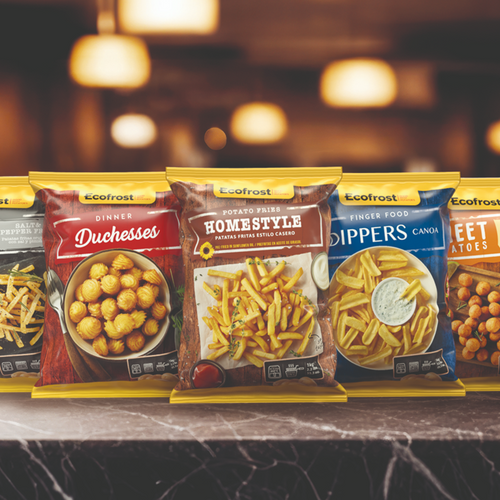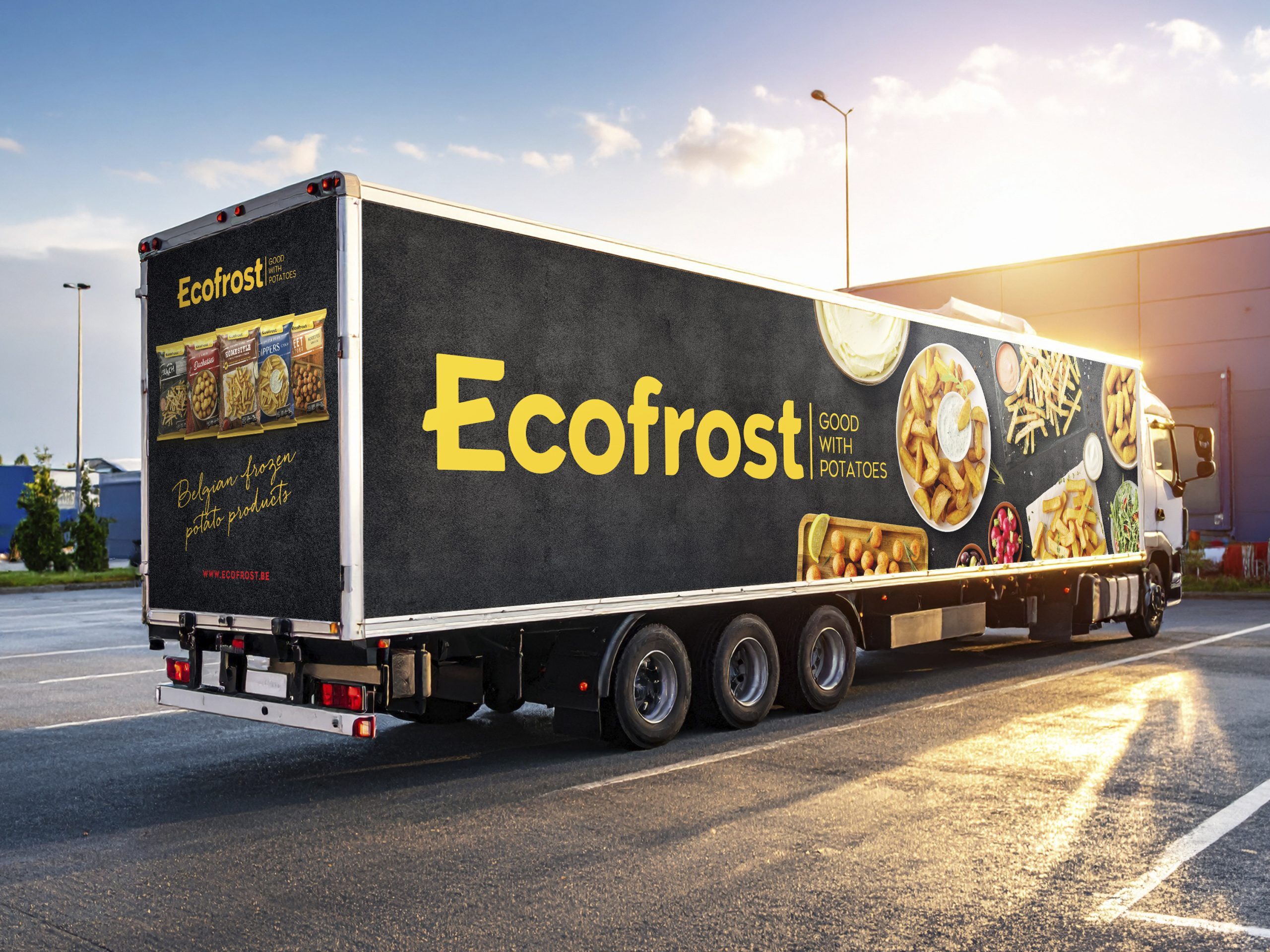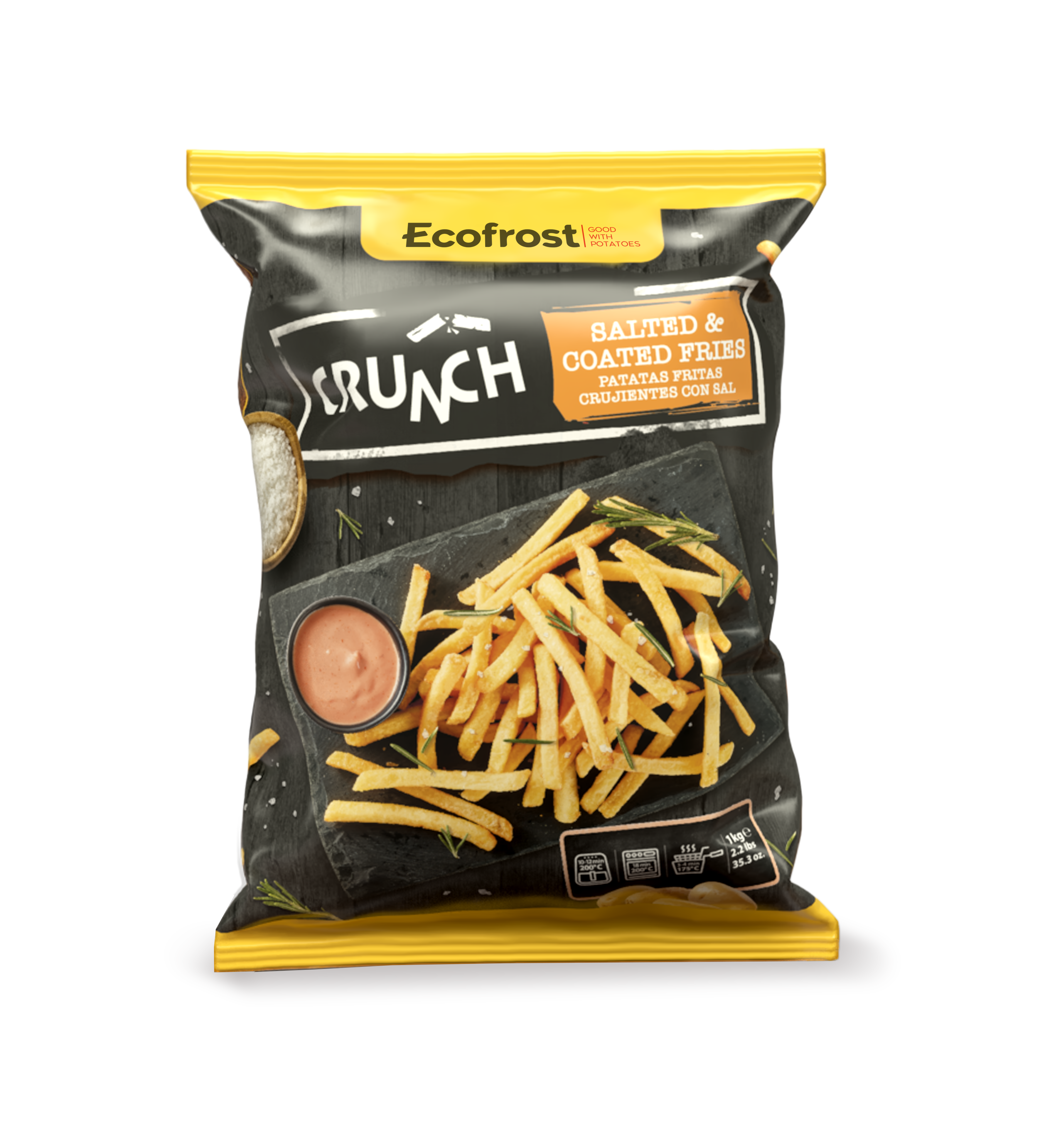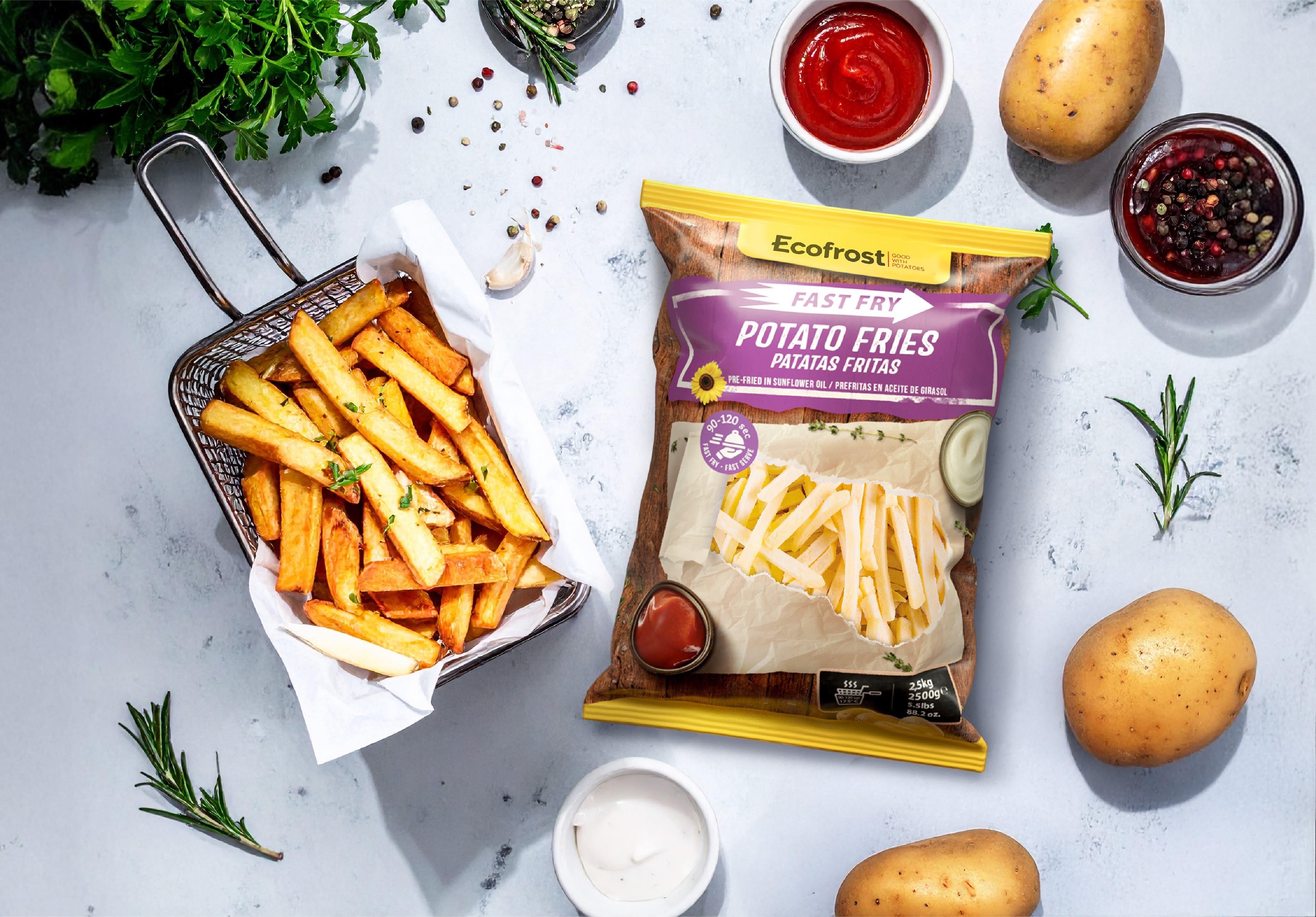When Claire Hoflack, a member of the Executive team at Ecofrost, joined the family business in 2007, customs processes were entirely manual. “We wrote every customs document on paper. The customs officers came physically to check them,” she recalled. Over time, they moved to Belgium’s PLDA system, which still required manual entry, code by code. A single export could easily take 30 minutes or more, especially with complex shipments containing hundreds of tariff codes.
Later, Ecofrost adopted Intris, which provided basic but good automation linked to their ERP. But as the business grew, so did the complexity. The company expanded operations, started using external storage depots, and intensified trade with the UK. Intris, while helpful for Belgian flows, couldn’t handle cross-border complexities or external warehouse scenarios, which led to mounting inefficiencies and costly delays.
The customs team, consisting of Claire, Head Dispatcher Samuel Delitte, and his team, faced constant time pressure. Meanwhile, Ecofrost’s growing UK business introduced even more coordination challenges, relying on brokers and manual exchanges that created delays and stress for the organisation.
It became clear that the current setup wasn’t sustainable.
Our trucks are based close to the ports, so we only have a small window, about two hours, to load and get everything cleared. Filing UK declarations could take quite a long time, and if half of that time was spent just on paperwork, it didn’t leave us much room for delays. It made things really tight to resolve issues if any occurred.







